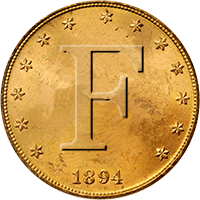I actually know this answer @marcomo
I will provide a short list below
silver 629
copper 597
gold (pure) 425
aluminium 376 (aluminum) (har har)
zinc 169
nickel146
high brass (yellow) 140
platinum 94
tin 90
lead 48
All figures multiplied by 10[sup]-6[/sup] or .000001 and is in Ohms per centimeter
From the rubber bible or from Handbook of Chemistry and Physics. C.R.C. Press, Cleaveland, Ohio.
I will provide a short list below
silver 629
copper 597
gold (pure) 425
aluminium 376 (aluminum) (har har)
zinc 169
nickel146
high brass (yellow) 140
platinum 94
tin 90
lead 48
All figures multiplied by 10[sup]-6[/sup] or .000001 and is in Ohms per centimeter
From the rubber bible or from Handbook of Chemistry and Physics. C.R.C. Press, Cleaveland, Ohio.


